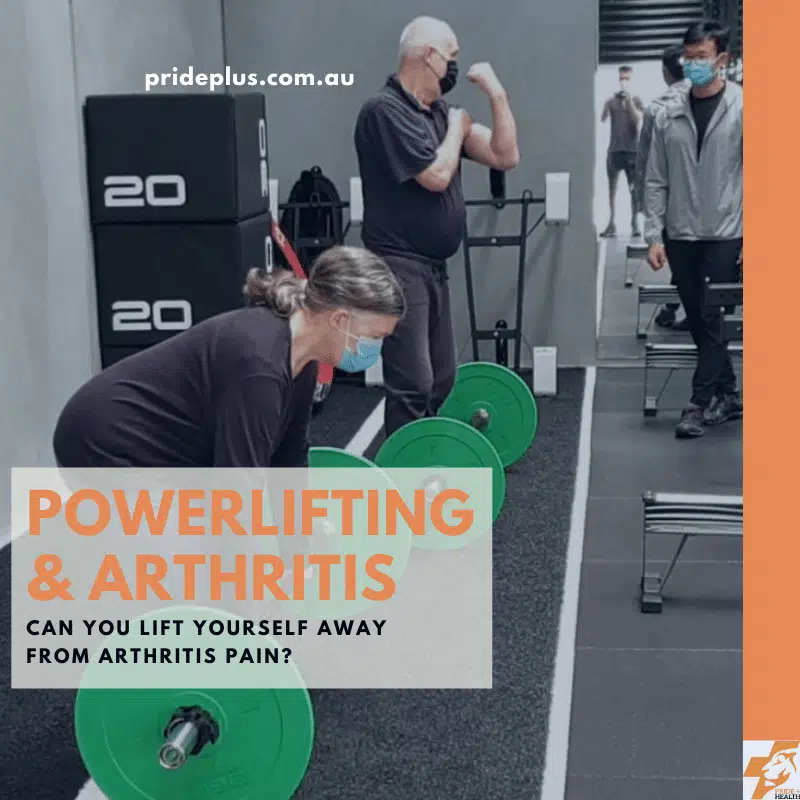Powerlifting is no longer the domain of the big boys and girls who have spent years picking up and putting down heavy things. Lifting weights is a proven strategy to help build strong muscles, bones and now, joints. Physiotherapist and keen lifter Dominic Tan with more.
“Wear and tear ‘ is often what most people think contributes to osteoarthritis. This feeds the belief that additional loading with weightlifting will likely result in more harm than good.
But hold on. Contrary to this, recent scientific research has found that “load and repair” is actually what’s happening in joints for people who exercise.
Your Body is Adaptable
Did you know that runners who constantly pound on their knees are found to have better knee joints than non-runners? Studies in people with knee osteoarthritis also found improvement in knee pain, stiffness and function when loaded through powerlifting exercise.
This shows us that your joints are adaptable to load. They are not weak or brittle and wear down with use. Say it with me. No more wear and tear, it’s time to load and repair!
Why Powerlifting for Osteoarthritis
If you exercise with everyday load, think bodyweight exercises, this is good for you. But if you train like a powerlifter, picking up heavier objects (safely) your body will appreciate this even more. It’s better for you.
Train smart, train consistent, train heavy just like a powerlifter.
If you have osteoarthritis however you might get joint aches pains and flare ups after activities. If this is you, powerlifting will increase the capacity of your joints to do work. This means you’ll have a buffer and you will be less likely to suffer with pain the day after you do something a little out of the ordinary. Like when the golf carts aren’t allowed on course and you have to walk the full 18. Or maybe when times gets away from you in the garden and before you know it you’ve been kneeling for hours.
The beauty of a powerlifting program is that the loading schedule is organised with small increases over time. This allows gradual adaptation of your body including bones, tendons, cartilage, ligaments and muscles. While you are building up to lifting heavy weights, the risk of an injury or flare up of your sensitive joints is low.
While I’ve been a powerlifter and a physio for some time now, I’m still amazed at the changes that people achieve starting powerlifting at older ages. Maybe you’re like me at first, and sceptical whether powerlifting or weightlifting will help arthritis. Here’s a heap of different folks who demonstrate just how good lifting is at any age.
It’s More Than Just Strength
Over the years, I have asked our clients why they attend their classes.
One told me she wanted to get stronger to save herself the embarrassment of having to be helped to get off the couch. There are others who want to be able to spring up the stairs or pick up their grandkids without having pain in their knees and shoulders. For those who had trouble with balance, preventing falls and improving their bone density are the reasons they show up.
Our Exercise Physiology programs go beyond getting you strong; it is about helping you achieve your goals so that you can live an enriching and meaningful life. If you are interested to find out how our powerlifting program can help you overcome your arthritis pain come in for a tune up.
About the Author

Dominic Tan is a passionate physiotherapist working in Pascoe Vale. He provides in clinic physiotherapy treatment as well as leading the Masters of Strength powerlifting program.




